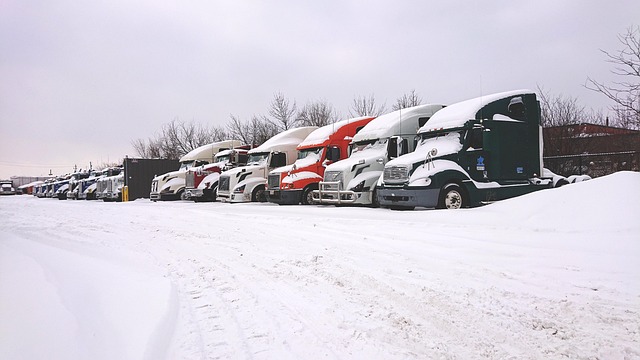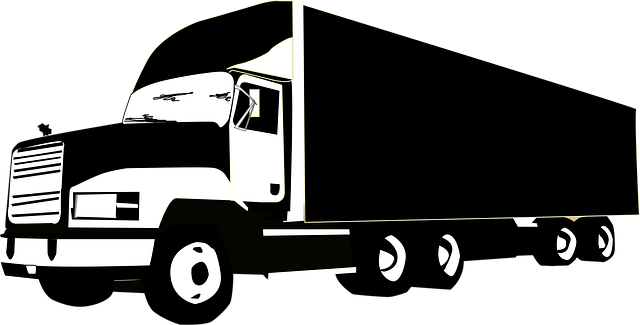Looking to register your car in California? This comprehensive guide walks you through the process, ensuring a smooth experience. From understanding key requirements to navigating VIN verification, you’ll learn how to gather essential documents and choose the best registration method. We’ll also break down the application process and associated fees. By following these steps, you’ll be on your way to legally registering your vehicle in California efficiently.
- Understand California Car Registration Requirements
- Gather Necessary Documents for VIN Verification
- Perform Vehicle Identification Number (VIN) Check
- Choose an Appropriate Registration Method
- Submit Application and Pay Fees
Understand California Car Registration Requirements

Before registering your car in California, it’s crucial to understand the state’s specific requirements for vehicle identification number (VIN) verification. The California Department of Motor Vehicles (DMV) mandates that all vehicles must undergo a thorough inspection to ensure they meet safety and environmental standards. This process involves a comprehensive check of the VIN, which is a unique identifier for your car. A valid VIN inspection confirms the vehicle’s authenticity and history, preventing fraud and ensuring compliance with local regulations.
One efficient way to complete this requirement is through mobile VIN verification services. These services allow you to get a quick and accurate inspection right from your location. A qualified inspector will use advanced technology to cross-reference the VIN against national databases, checking for any discrepancies or reported issues. By opting for a mobile vin inspection, you save time and effort while ensuring that your car registration process is seamless and successful.
Gather Necessary Documents for VIN Verification

Before you can register your car in California, you’ll need to go through a process called VIN verification. This involves providing several key documents that prove the vehicle’s identity and history. The first step is to gather these essential papers, which include the Vehicle Identification Number (VIN), registration documents, proof of insurance, and a valid driver’s license. It’s crucial to ensure all information is accurate and up-to-date.
Additionally, consider obtaining a mobile VIN inspection or using a mobile vin verifier service, as this can streamline the process by allowing you to verify your vehicle’s history on-the-go. These services often provide quick and reliable results, making it easier to complete your car registration in California efficiently.
Perform Vehicle Identification Number (VIN) Check

Before you register your car in California, it’s crucial to perform a Vehicle Identification Number (VIN) check. This critical step ensures that the vehicle you’re intending to register is genuine and has not been reported stolen or had its identity tampered with. A mobile VIN verifier can facilitate this process by offering a convenient and accurate vin inspection right from your location.
By using a mobile vin verification service, you can quickly cross-reference the VIN details against state records and databases. This ensures that the car meets all legal requirements for registration. It’s a smart step to take before committing to any registration process, as it helps protect against potential issues and saves time in the long run.
Choose an Appropriate Registration Method

When registering your car in California, understanding your registration options is crucial. One important decision involves choosing between various methods for establishing vehicle ownership and ensuring compliance with state regulations. Among these, vin verification stands out as a key process to initiate the registration procedure. This involves confirming the Vehicle Identification Number (VIN) to establish authenticity and ownership.
Consider enlisting the services of a mobile vin verifier or conducting a vin inspection yourself to streamline this step. These options provide convenience by allowing you to verify your vehicle’s details in one location, often eliminating the need for multiple visits to government offices. Efficient vin verification is a game-changer, especially given California’s stringent registration requirements, ensuring a smoother transition during the car registration process.
Submit Application and Pay Fees

After gathering all necessary documents and ensuring your vehicle meets California’s requirements, it’s time to submit your application and pay the registration fees. This step involves completing an Application for Title and Registration (Form DV-140), which can be done online or in person at a California Department of Motor Vehicles (DMV) office. Along with your application, you’ll need to provide proof of insurance, vehicle identification number (VIN) verification, and any applicable fees.
The VIN verification process is crucial for ensuring the accuracy of your vehicle’s information. You can opt for a mobile vin inspection or visit a designated service center to have your vehicle’s VIN confirmed. This step ensures that your registration is secure and accurate, facilitating a smoother process for both you and the DMV.
Registering a car in California involves understanding state requirements, gathering essential documents, and choosing the right registration method. After performing a Vehicle Identification Number (VIN) check through vin verification, you’ll need to submit an application along with any required fees. By following these steps, you can ensure a smooth process for getting your vehicle registered in the Golden State.
